Classic cars offer a unique charm and driving experience that modern vehicles often can’t replicate. While V8 engines are frequently highlighted for their power, many classic cars have proven their worth with smaller, yet effective engines. Here’s a look at ten classics that made an impact without the need for a V8.
Porsche 911 (1964-1989)
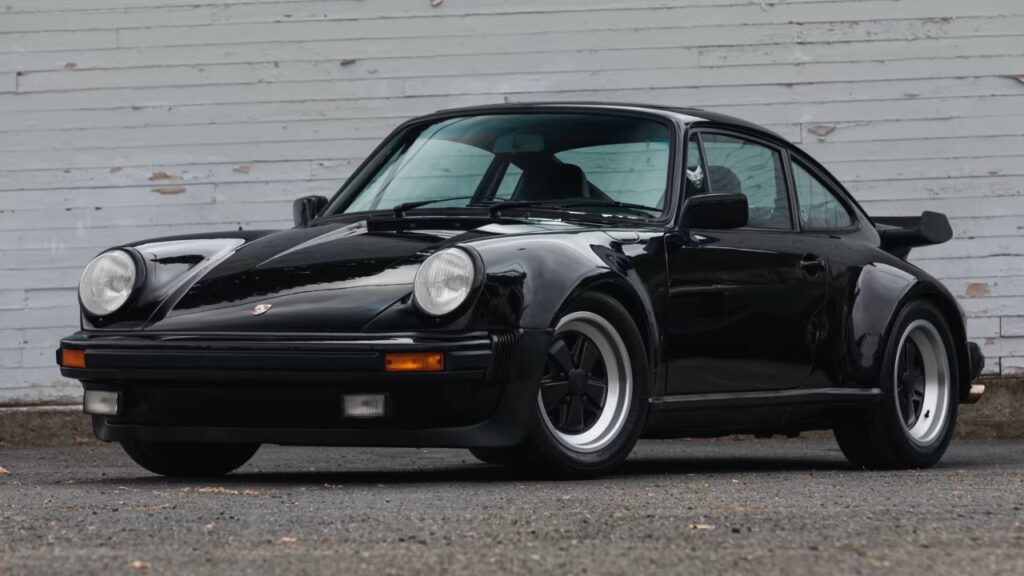
The Porsche 911 is a timeless icon known for its distinctive design and rear-engine layout. Its flat-six engine provides a thrilling driving experience, marrying agility with power. Introduced in 1964, the 911 has gone through numerous iterations, each maintaining the car’s fundamental appeal. The air-cooled engine variants, produced until 1989, are particularly cherished by enthusiasts for their unique sound and performance characteristics.
Jaguar E-Type Series 1 (1961-1968)
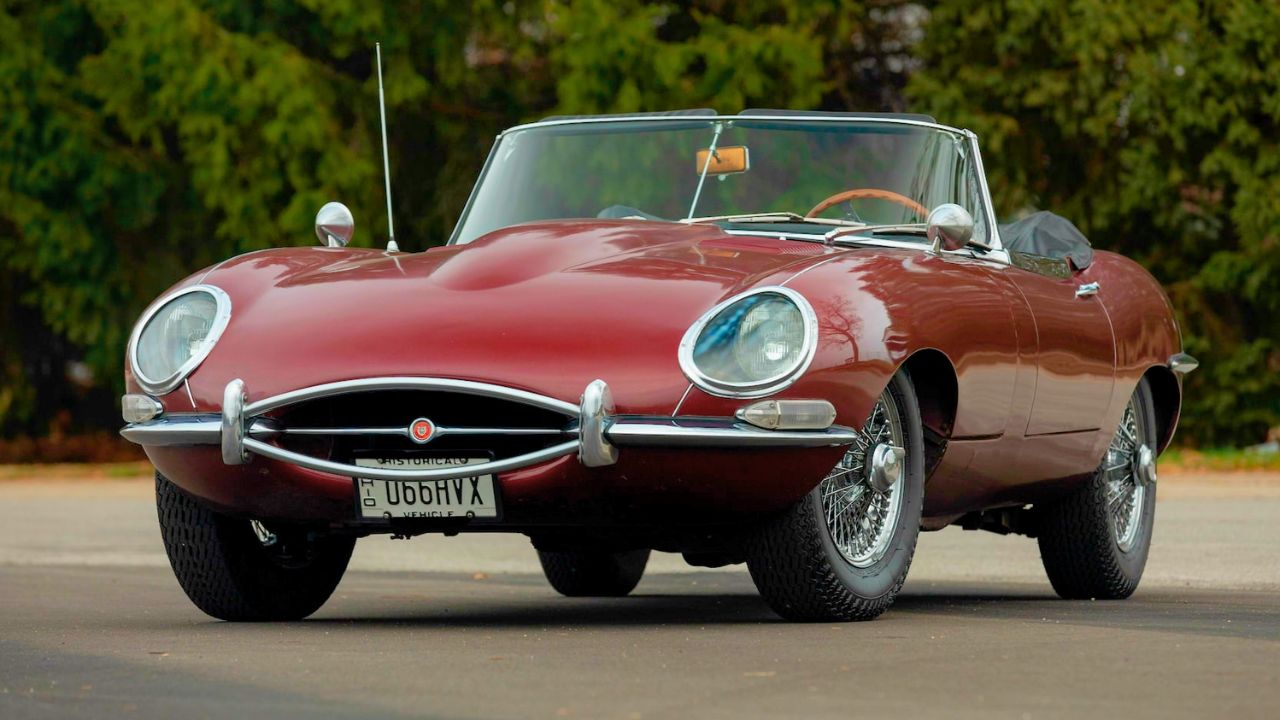
The Jaguar E-Type Series 1 is often celebrated for its stunning design and engineering excellence. Powered by a straight-six engine, it offered a blend of performance and beauty that captured the imagination of car lovers worldwide. With its long hood and sleek lines, the E-Type remains one of the most beautiful cars ever made, and its engineering was ahead of its time, featuring disc brakes and independent suspension.
BMW 2002 (1968-1976)
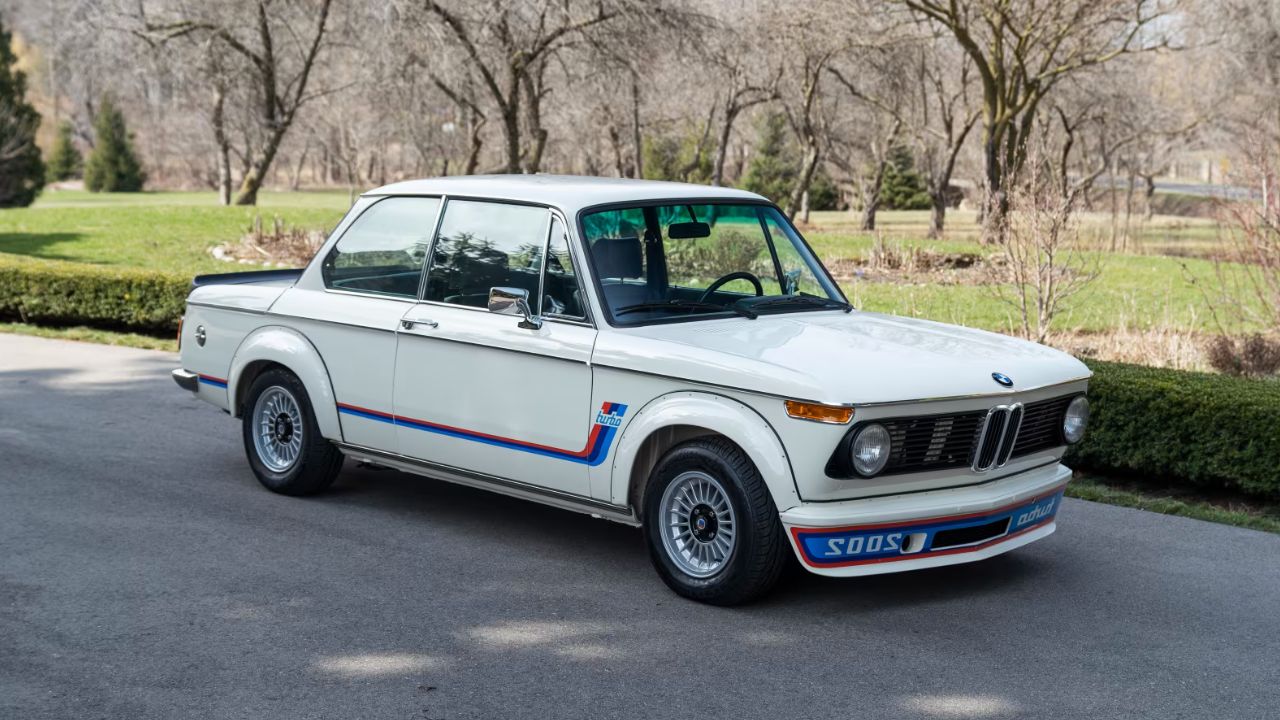
The BMW 2002 is a landmark model in BMW’s history, credited with establishing the brand’s reputation for sporty, driver-focused cars. Its four-cylinder engine delivered spirited performance, endearing it to driving enthusiasts. The 2002’s handling dynamics and compact design made it a favorite on twisty roads, and it played a crucial role in defining BMW’s future direction as a manufacturer of premium sports sedans.
Alfa Romeo Spider (1966-1994)
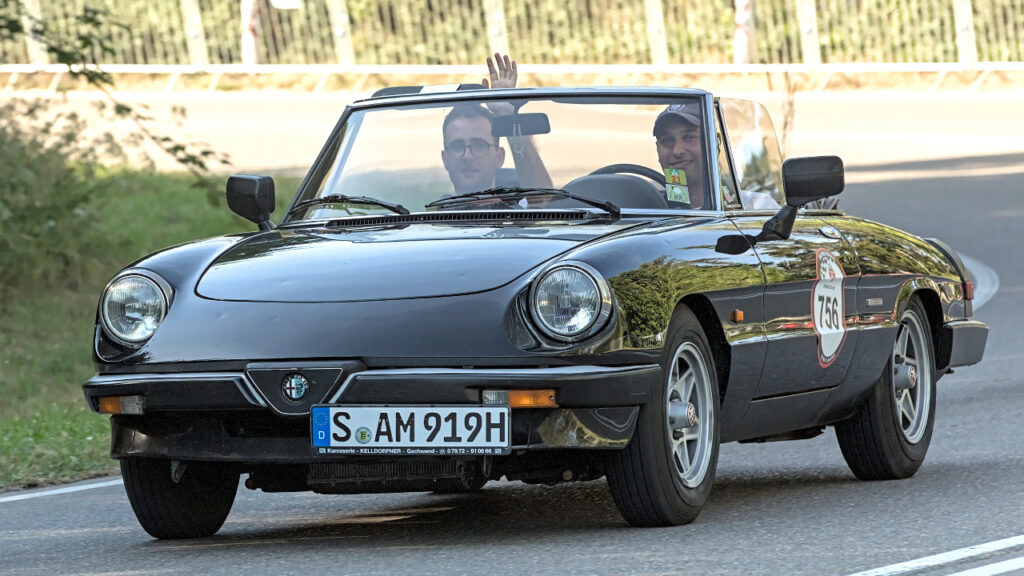
The Alfa Romeo Spider is an Italian classic that gained fame through its appearance in movies and its distinctive design. Boasting a four-cylinder engine, the Spider was known for its responsive handling and open-top driving pleasure. Produced for nearly three decades, it underwent various updates while retaining its core appeal, making it a beloved choice for those seeking a stylish roadster experience.
Austin Mini Cooper (1959-2000)
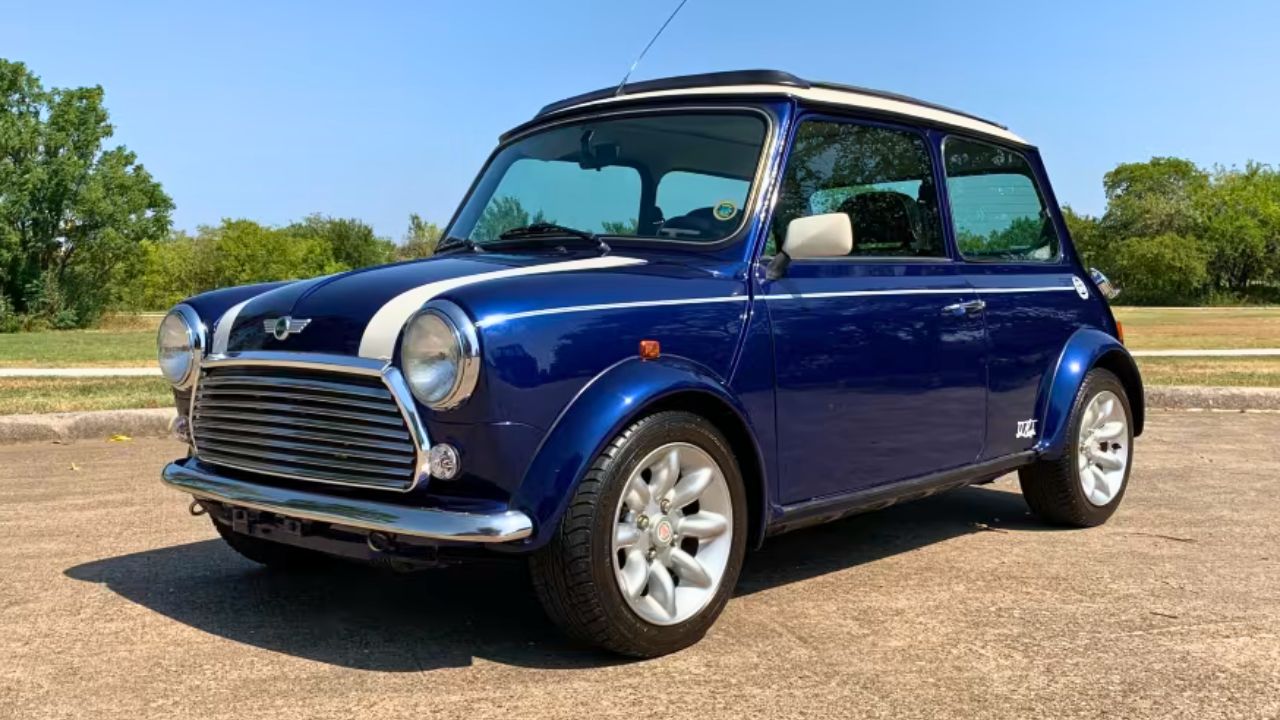
The Austin Mini Cooper revolutionized small car design with its space-efficient layout and nimble handling. Despite its compact size and modest four-cylinder engine, the Mini Cooper became a motorsport legend, winning numerous rally championships. Its iconic status and spirited driving characteristics make it a cherished classic, with a design that maximized interior space and minimized its footprint.
Volkswagen Beetle (1938-2003)
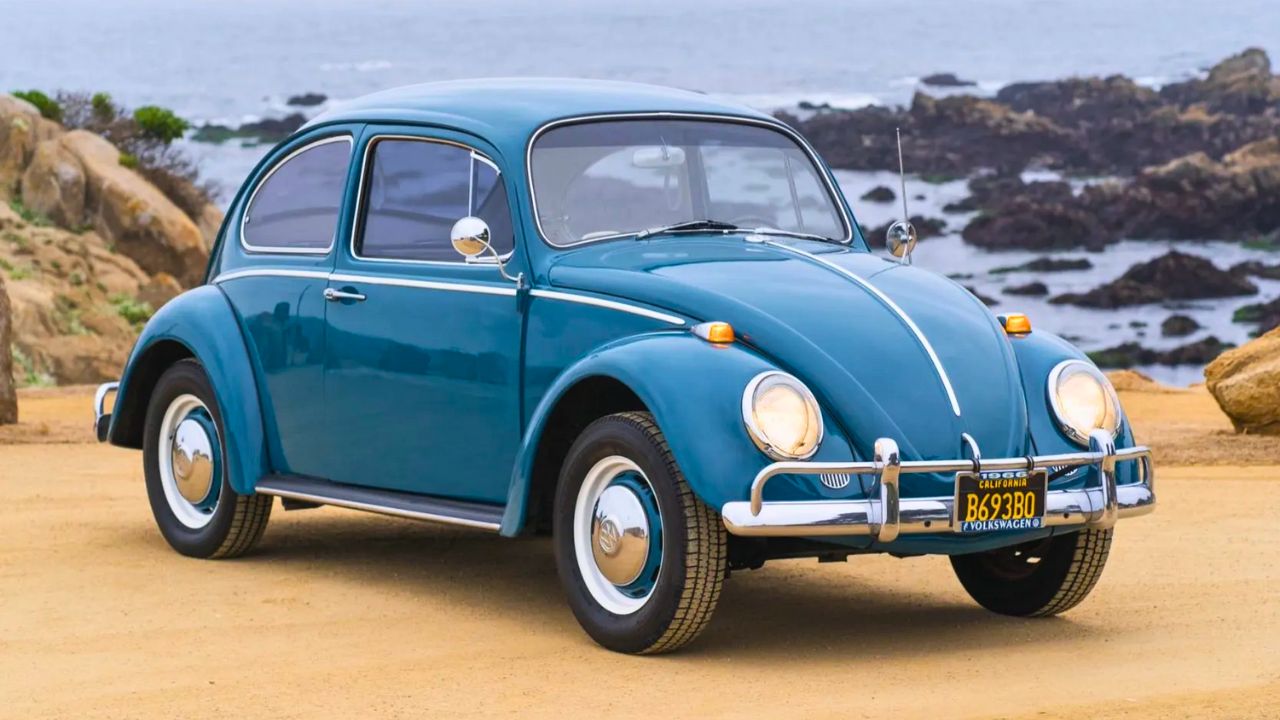
The Volkswagen Beetle is one of the most recognizable cars in history, with its distinctive shape and air-cooled engine. Designed for simplicity and reliability, the Beetle became a global success story, capturing the hearts of millions. Its enduring popularity is a testament to its practicality and charm, serving as a symbol of accessible and fun motoring for decades.
Datsun 240Z (1969-1973)
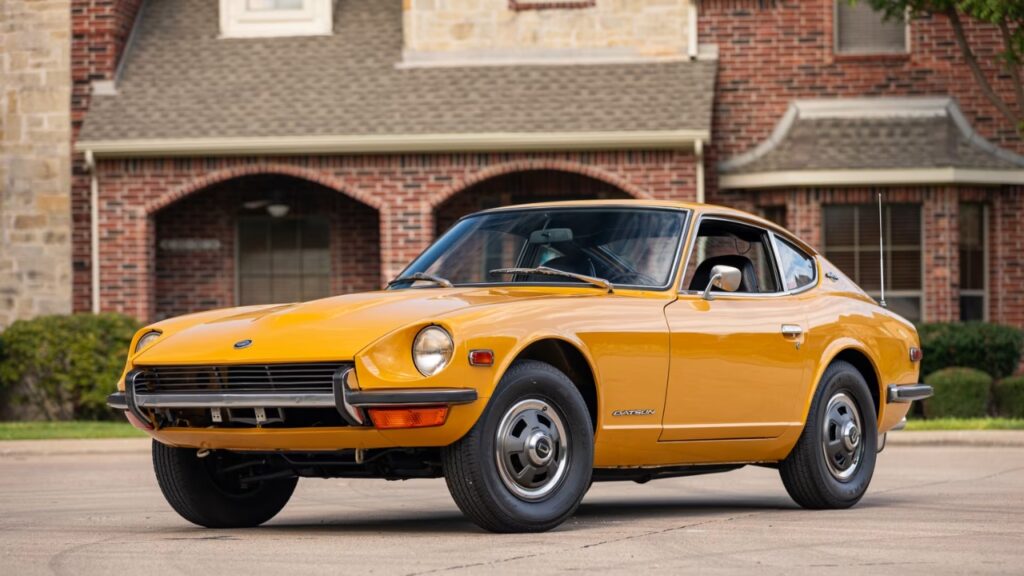
The Datsun 240Z marked Japan’s entry into the sports car market, with a six-cylinder engine that offered impressive performance for its time. It combined sleek styling with affordability, making it a hit in the U.S. and establishing Datsun as a serious player in the automotive world. The 240Z’s balance of style, speed, and value continues to attract enthusiasts today.
Citroën DS (1955-1975)
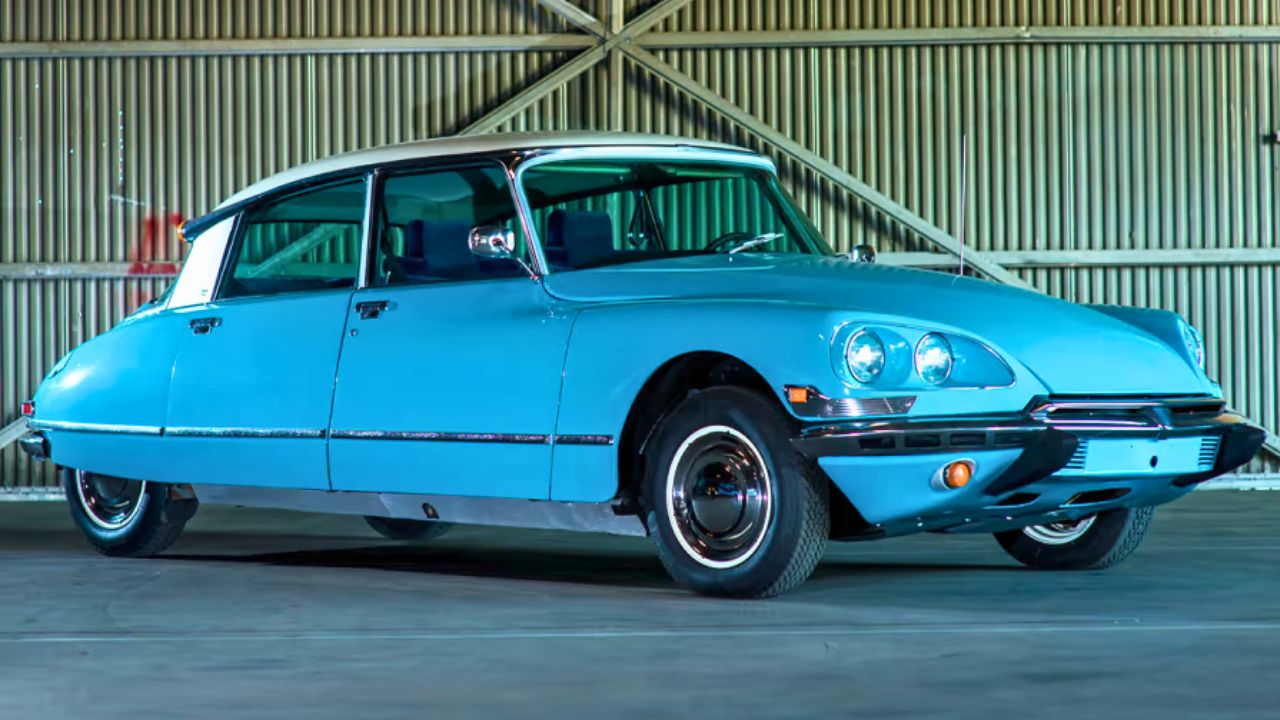
The Citroën DS was a revolutionary car that introduced advanced technology and futuristic design to the automotive world. Its hydropneumatic suspension system and aerodynamic body set it apart, while its four-cylinder engine provided smooth and efficient performance. The DS is celebrated for its innovation and comfort, making it a standout in automotive history.
Fiat 500 (1957-1975)
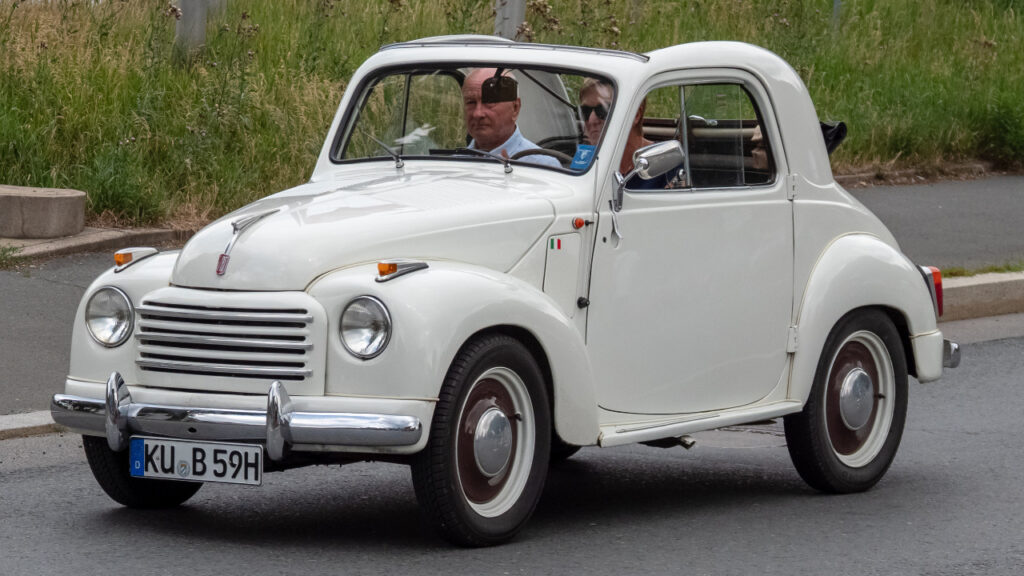
The Fiat 500 is a symbol of Italian automotive ingenuity, offering a compact and efficient solution for urban driving. Its two-cylinder engine delivered modest power, but its lightweight design made it agile and fun to drive. The 500’s charming aesthetics and practicality made it a popular choice in post-war Europe and cemented its status as a cultural icon.
Mazda RX-7 (1978-1985)
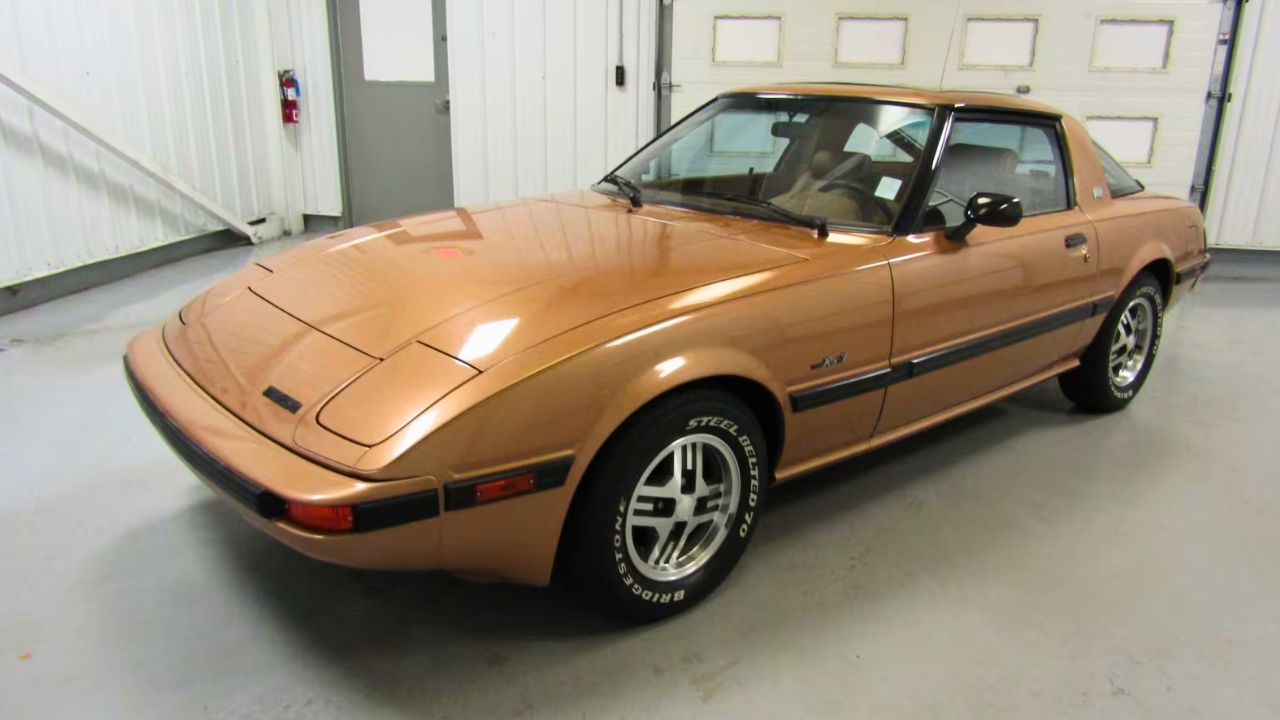
The Mazda RX-7 introduced the world to the potential of the rotary engine in a sports car. Its lightweight construction and unique engine design provided a distinct driving experience, characterized by high-revving performance and smooth power delivery. The RX-7’s innovative approach and sleek styling have made it a favorite among enthusiasts, representing the bold engineering spirit of Mazda.
Like Fast Lane Only’s content? Be sure to follow us.
Here’s more from us:
*Created with AI assistance and editor review.

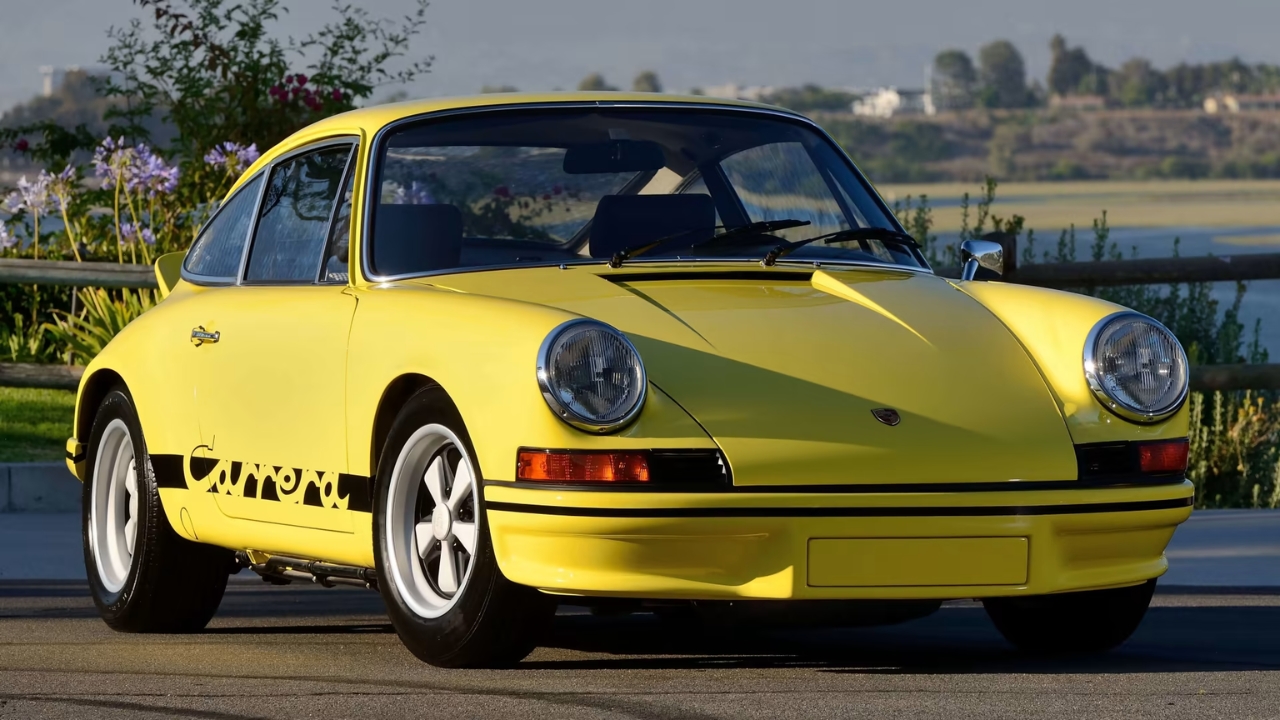
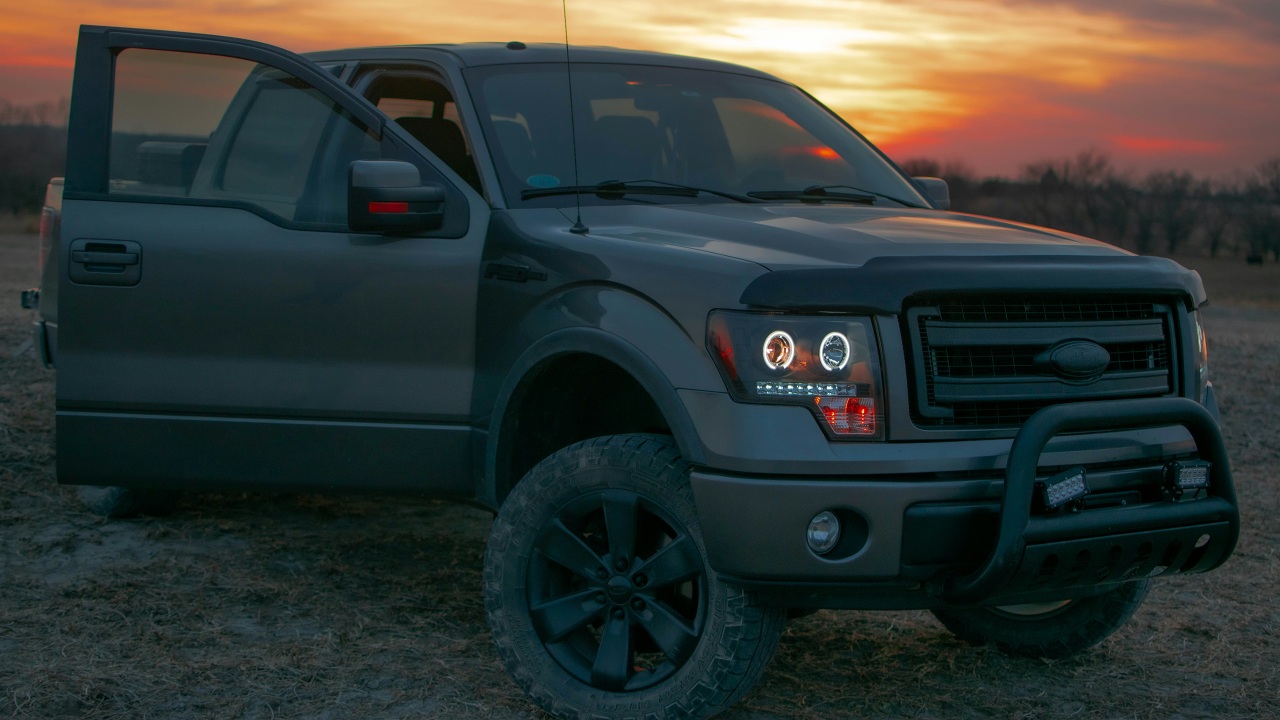
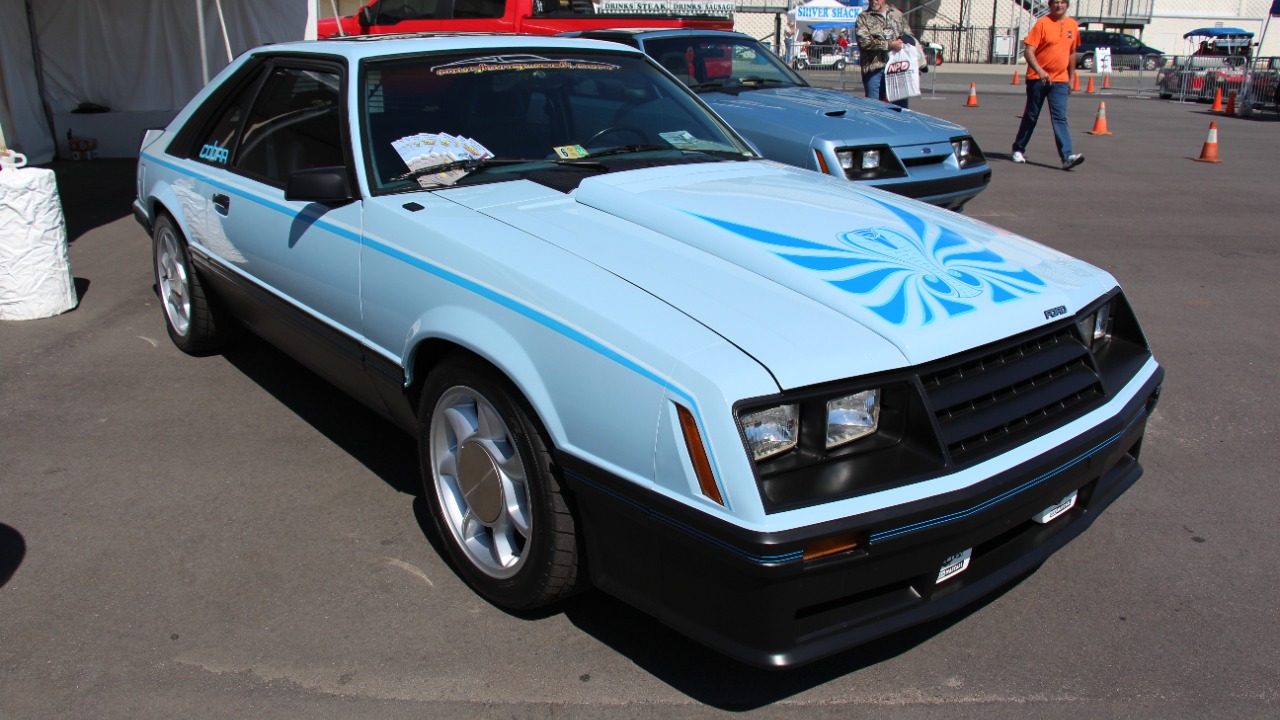
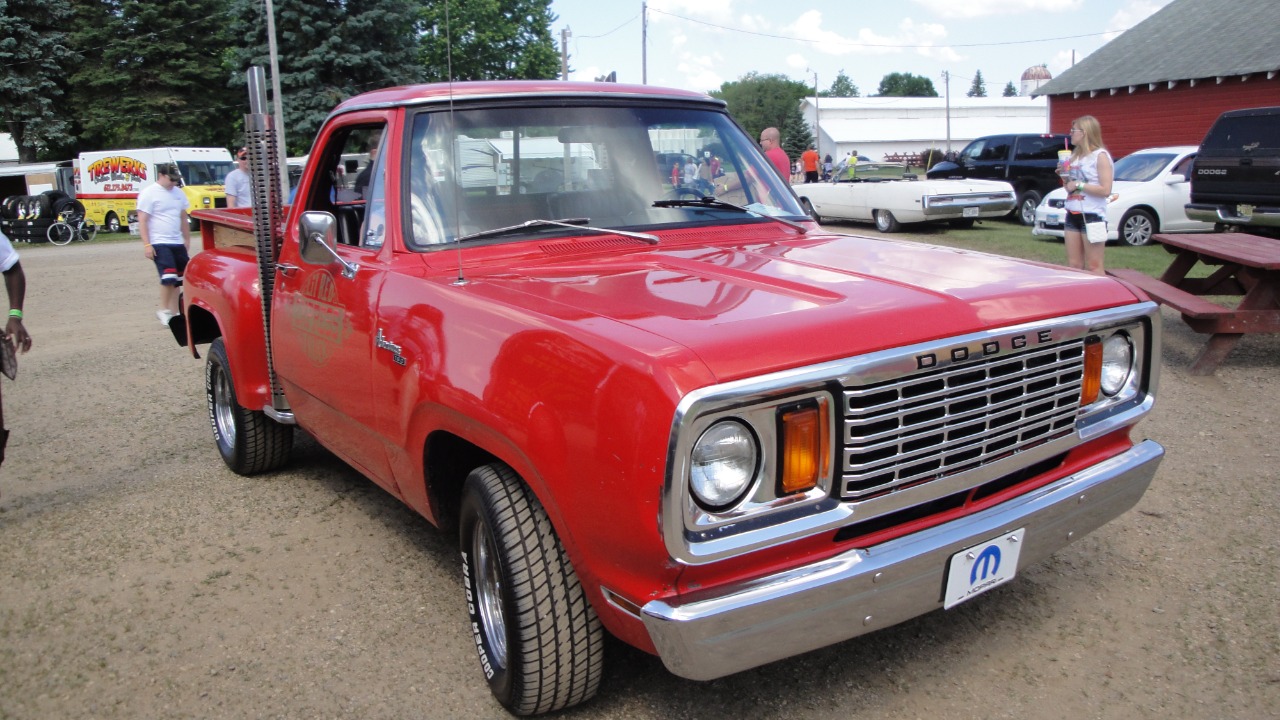

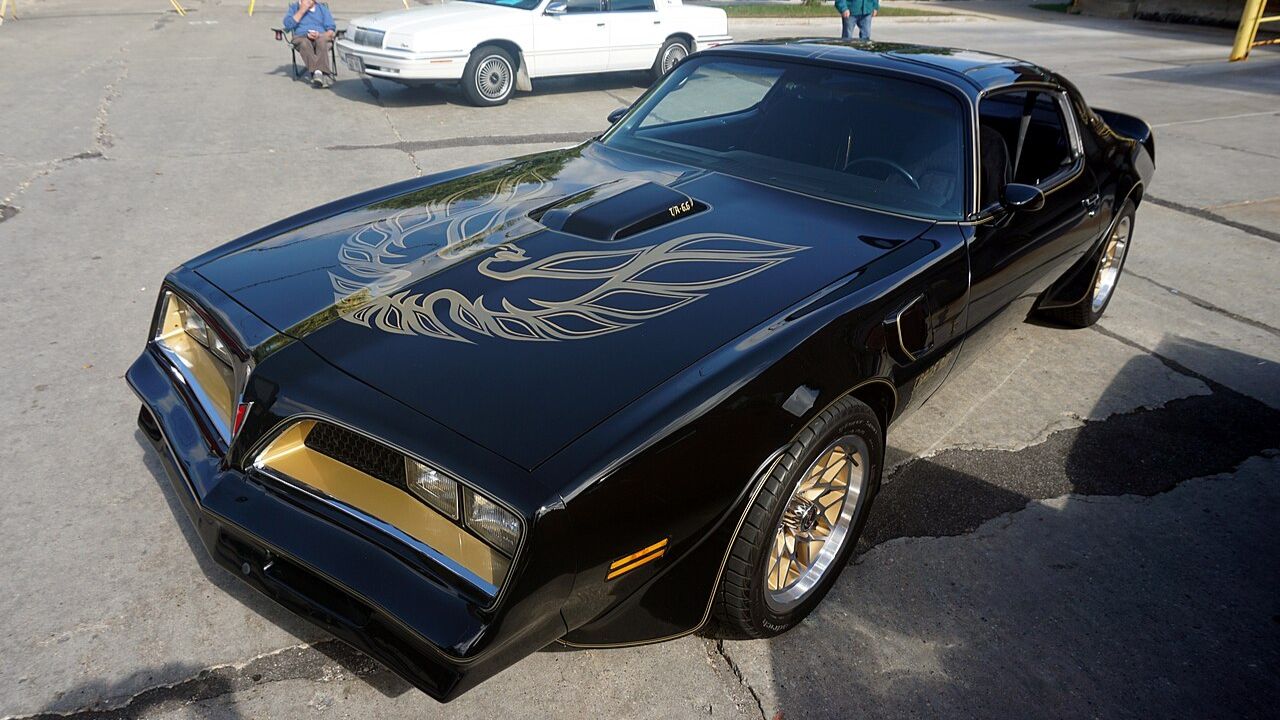
Leave a Reply